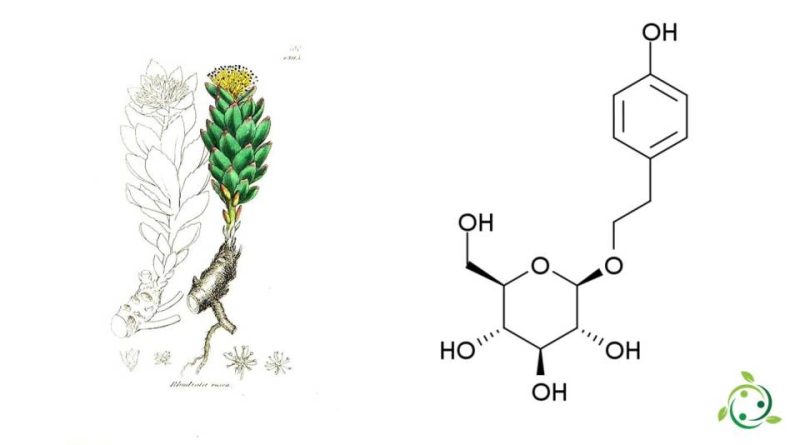Salidroside
Salidroside
Salidroside or rhodioloside, whose term in the official IUPAC nomenclature is: 2- (4-hydroxyphenyl) ethyl β-D-glucopyranoside is a tyrosol glucoside.
Salidroside is an organic compound with a brute or molecular chemical formula: C14H20O7.
Salidroside is a glucoside present in the Rhodiola rosea plant and has been studied, together with rosavin, as one of the potential compounds responsible for the alleged antidepressant and anxiolytic actions of this plant.
This molecule may be even more active than rosavin, although many marketed Rhodiola rosea extracts are standardized for rosavin content rather than salidroside.
However, due to the inefficiency of plant extraction and chemical synthesis, the supply of salidroside is currently still limited.
In this regard, some research is being developed to make this production more efficient given the interesting applications of this molecule.
Warning: The information shown is not medical advice and may not be accurate. The contents are for illustrative purposes only and do not replace medical advice.

